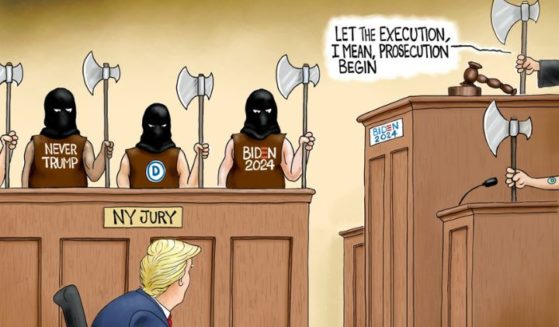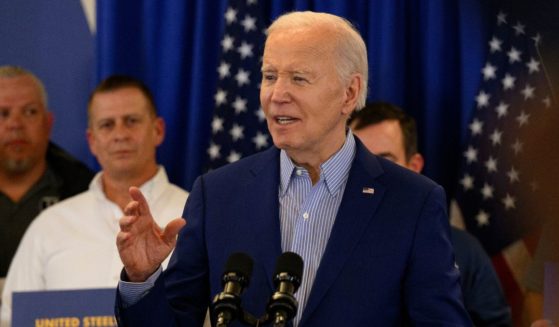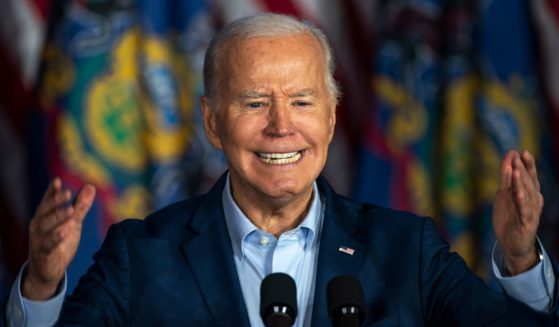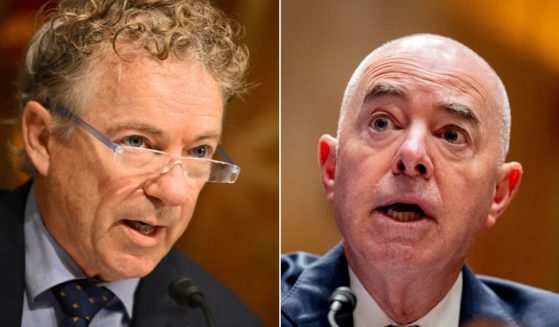Budget office: $177B in added costs from Trump drug plan
WASHINGTON (AP) — The Trump administration’s plan to ease the financial hit of prescription drugs prices for Medicare beneficiaries will cost taxpayers another $177 billion over 10 years, congressional budget experts said on Thursday.
The estimates from the nonpartisan Congressional Budget Office could affect prospects for one of the administration’s centerpiece proposals to make prescription drugs more affordable for patients. President Donald Trump and leading lawmakers of both parties want to act before the 2020 elections.
The Trump administration disputed the budget office’s conclusion, saying its proposed drug pricing regulation should result in savings.
Under the administration’s plan, drugmaker rebates now paid to insurance companies and their middlemen would instead go directly to seniors in Medicare’s Part D program when they fill their prescriptions.
Rebates are a largely unseen part of the complex world of drug pricing.
Drugmakers pay the money in part to get favorable placement for their medications among a health plan’s covered drugs. Insurers say rebates help keep premiums in check. But when patients go to fill their prescriptions, their copays are usually calculated based on the list price of medications, not the discounted price after rebates.
Awarding the discounts directly to patients would reduce copays for many Medicare beneficiaries.
But CBO concluded that drug companies are unlikely to lower list prices across the board in response to the administration plan. Instead, they would reimburse pharmacies for discounts provided to individual seniors as they fill their prescriptions.
The budget office said the bottom line would be an increase in premiums, which are split between the government and seniors. Because the government subsidizes about 75% of the cost, that would add $170 billion to program spending from 2020-2029. Medicaid spending would also increase by $7 billion.
“Some beneficiaries would pay lower prices on their prescription drugs, and for some beneficiaries, those reductions would be greater than their premium increases,” the CBO analysis said. “For other beneficiaries — namely those who use few drugs or drugs without significant rebates — the premium increase would outweigh the price reductions.”
But CBO said seniors who can’t afford their copays now would be clear winners. They’d be better able to stay on their medications, and that could reduce Medicare hospital and outpatient spending by about $20 billion over 10 years.
Responding to the budget office, the Department of Health and Human Services said in a statement, “The Part D benefit is very competitive. As such, we agree with (other experts) who find it unlikely that Part D plans would so grossly increase premiums and allow manufacturers to increase their prices or hold back currently paid rebates.”
The rebate regulation is scheduled to take effect next year, and does not require direct congressional approval. However, congressional opposition could complicate things for the administration.
Leading House Democrats have been skeptical of the administration’s approach, instead arguing that Medicare should negotiate prices directly with drug companies.
___
Online:
CBO analysis: https://tinyurl.com/yy3tz2uu
The Western Journal has not reviewed this Associated Press story prior to publication. Therefore, it may contain editorial bias or may in some other way not meet our normal editorial standards. It is provided to our readers as a service from The Western Journal.
Truth and Accuracy
We are committed to truth and accuracy in all of our journalism. Read our editorial standards.












